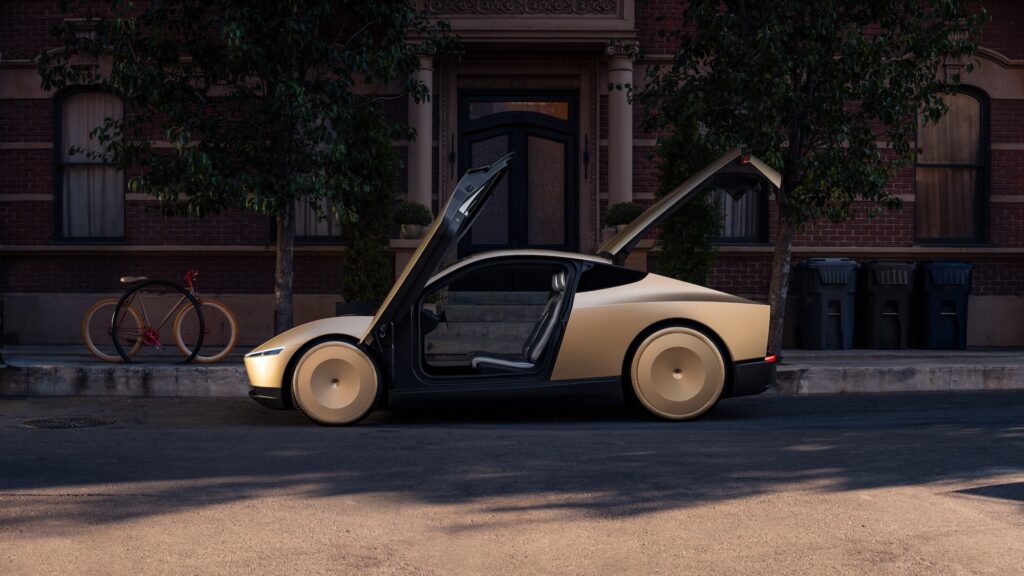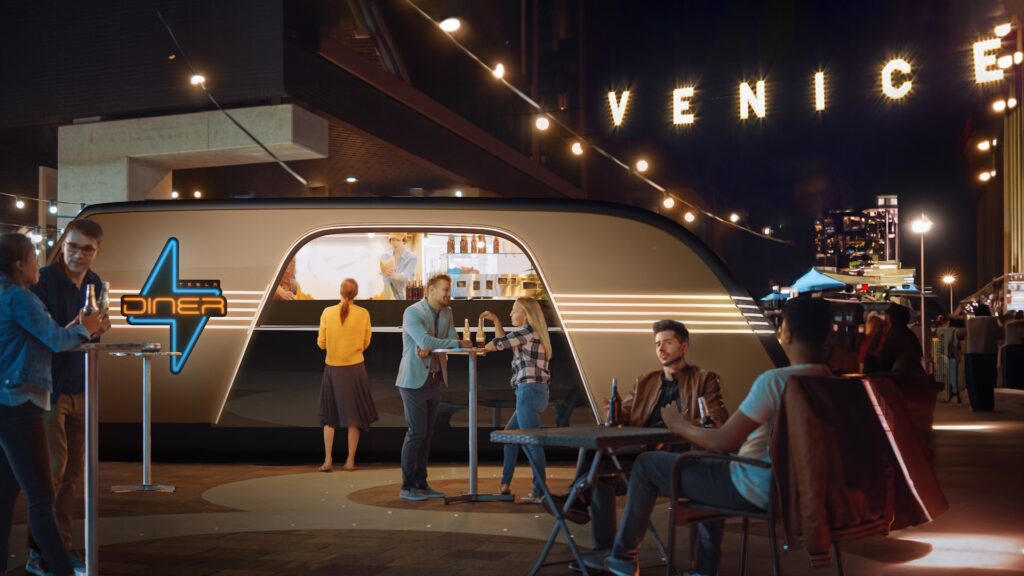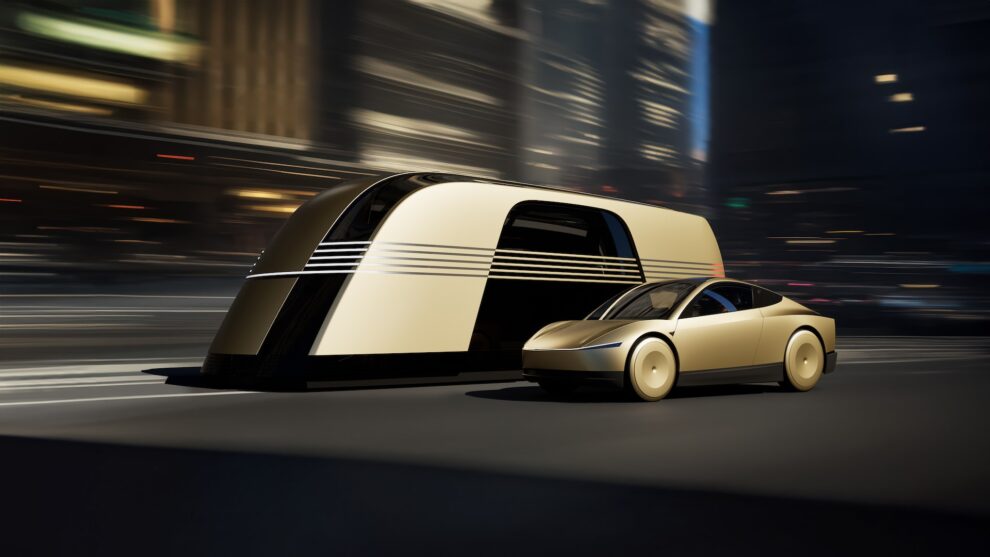Tesla, the electric vehicle pioneer led by Elon Musk, has once again captured public attention with its latest concept vehicles: the Cybercab and a futuristic 20-seat Robovan. These bold designs have sparked debates about the future of urban transportation and Tesla’s strategic direction. In this comprehensive analysis, we’ll examine these concepts, their potential impact on the mobility sector, and the challenges they may face in real-world implementation.
Understanding Tesla’s New Concept Vehicles
The Cybercab: A Futuristic Take on Ride-Hailing

The Cybercab, an extension of Tesla’s Cybertruck design language, represents a radical reimagining of the taxi or ride-hailing vehicle. Key features include:
- Angular, stainless steel exterior reminiscent of the Cybertruck
- Spacious interior with unconventional seating arrangements
- Advanced autonomous driving capabilities
- Electric powertrain for zero-emissions operation
While visually striking, the Cybercab’s design raises questions about practicality, passenger comfort, and regulatory compliance in various markets.
The 20-Seat Robovan: Redefining Mass Transit

Tesla’s proposed Robovan concept aims to bridge the gap between personal vehicles and traditional public transportation. Notable aspects include:
- Capacity for up to 20 passengers
- Autonomous operation for enhanced efficiency
- Electric propulsion system
- Flexible interior configuration for various use cases
This vehicle could potentially serve as a shuttle for corporate campuses, airports, or as a new form of urban public transit.











